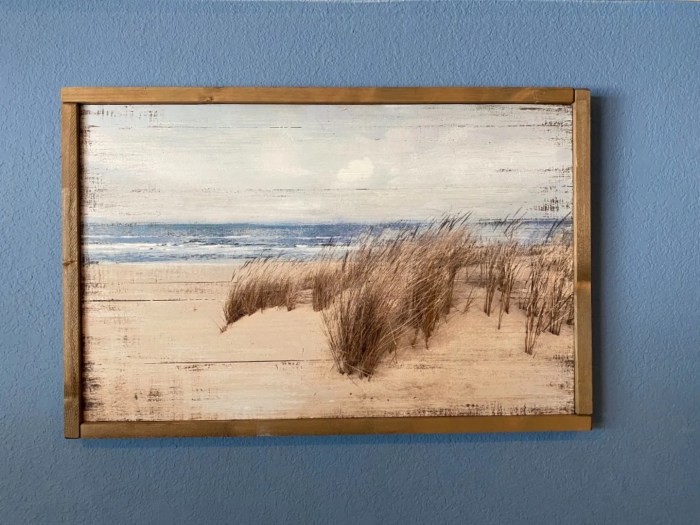Manufacturing and Production Processes
Wall decor wood carving – Ah, the glorious journey from a whimsical sketch to a magnificent wall-mounted masterpiece! Let’s delve into the surprisingly intricate (and occasionally hilarious) world of wood carving production. From the initial spark of inspiration to the final, painstakingly perfect polish, the process is a testament to both human ingenuity and the enduring allure of wood.The creation of a wood carving wall decoration is a multi-stage process, a carefully choreographed dance between artist and material.
It begins, naturally, with the design phase, where the artist meticulously plans every curve and detail. This stage involves sketching, refining, and possibly even some frantic eraser-induced panic. Then comes the selection of the perfect wood, a crucial decision impacting the final look and longevity of the piece. Hardwoods like oak and mahogany are popular choices for their durability and rich grain, while softer woods like basswood offer easier carving but may require more careful handling.
Tool Selection and Techniques, Wall decor wood carving
The tools used in wood carving are as diverse and fascinating as the carvings themselves. Traditional hand carving relies on a range of chisels, gouges, and mallets, each with its own specific profile and function. Think of them as a finely tuned orchestra, each instrument playing its part to create a harmonious whole. The skilled hand of the carver guides these tools, shaping the wood with delicate precision and considerable muscle.
Different techniques, such as undercutting and relief carving, are employed to create depth and texture, transforming a flat piece of wood into a three-dimensional work of art. Imagine the carver, a modern-day Michelangelo, wrestling with stubborn wood, sweat beading on their brow, all for the sake of artistic expression!
Comparison of Traditional and Modern Methods
Traditional hand carving, while demanding patience and skill, offers unparalleled control and artistry. Each cut is a deliberate act, reflecting the carver’s unique style and understanding of the material. In contrast, modern techniques, particularly CNC routing, leverage computer-aided design and precision machinery to produce carvings with incredible speed and accuracy. CNC routing allows for the creation of highly intricate and complex designs that would be practically impossible to achieve through hand carving alone.
Think of it as the difference between a meticulously hand-painted portrait and a high-resolution print – both beautiful in their own way, but with distinct characteristics. However, the unique human touch and subtle imperfections that define hand-carved pieces are often absent in CNC-produced carvings. While CNC offers efficiency and consistency, the artistry of the hand-carved piece remains a powerful and irreplaceable element.
FAQ Resource: Wall Decor Wood Carving
How do I clean my wood carving wall decor?
Dust regularly with a soft cloth. For deeper cleaning, use a slightly damp cloth and mild soap, then dry thoroughly. Avoid harsh chemicals.
What kind of wood is best for beginners?
Softwoods like pine or basswood are easier to carve than hardwoods like oak or cherry, making them ideal for beginners.
Can I hang a heavy wood carving on drywall?
Yes, but use heavy-duty wall anchors appropriate for the weight of the carving to prevent damage.
How can I prevent my wood carving from cracking?
Keep it away from direct sunlight and extreme temperature fluctuations. Properly sealing the wood can also help prevent cracking.
Wall decor wood carving offers a rustic charm, adding texture and warmth to any room. If you’re aiming for a sophisticated, calming atmosphere, consider pairing your wood carvings with a beautiful blue-gray color palette – check out these stunning options for blue gray wall decor to complement your pieces. The cool tones of blue-gray will beautifully highlight the natural grains and details of your wood carvings, creating a truly unique and inviting space.



